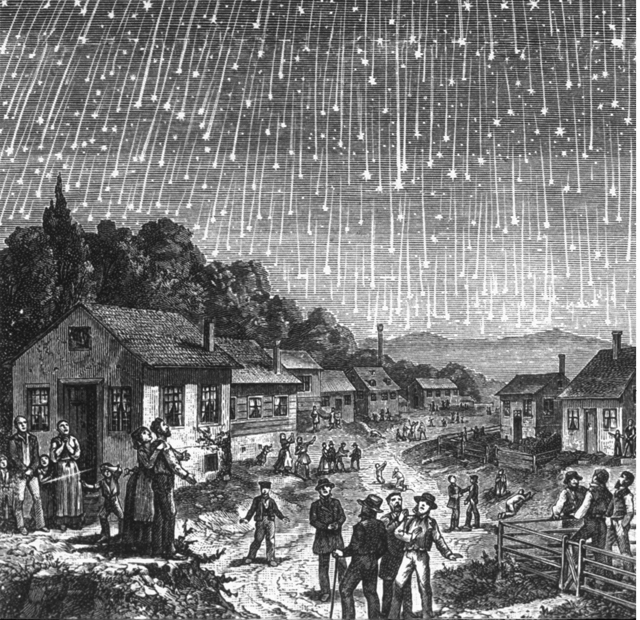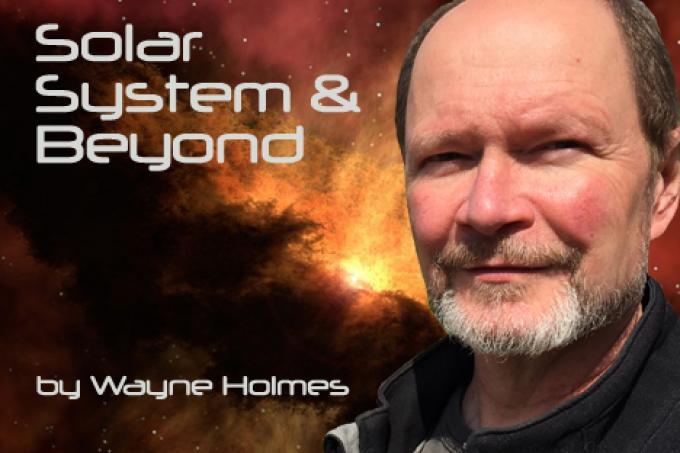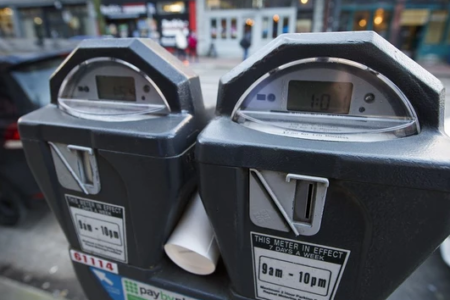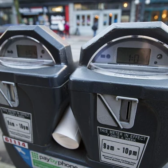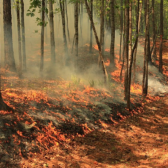A Bright Planetary Conjunction And Meteor Shower
There is a catch however, you will need to find a low eastern horizon, not an easy task in the Nelson area. If you are able to view this through even a small telescope you will have the added bonus of seeing Jupiter's four Galilean Moons.
Two days later, on November 15th, you will find the waning crescent Moon 5 degrees below the small orange disk of Mars in the pre-dawn sky and on the following morning a thinner crescent Moon is 6 degrees above Jupiter and 9 degrees above Venus. Mars will be about 15 degrees above all three, completing this planetary alignment
A few nights later, the Leonid meteor shower peaked under a moonless sky. The best observing time was between midnight, to about 4 a.m.
Although the 10 to 20 meteors per hour is sparse compared to next month's very active Geminid shower, the Leonids can surprise you with the occasional bright fireball.
In the past, the Leonid shower has given us some very rare meteor storms. One of the most remarkable was the meteor storm of 1833. Thousands of meteors per hour rained down upon our planet and many saw this as a sign that the world was comming to an end.
The Leonid meteor shower is the result of Earth passing through debris left by comet Tempel – Tuttle. Every 33.3 years comet Tempel – Tuttle rounds the Sun then heads back to the outer solar system, leaving a stream of particles, most the size of a grain of sand with a few that are nearly the size of a marble.
